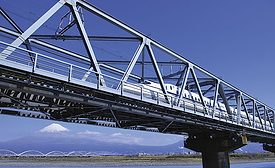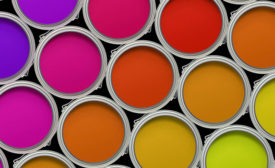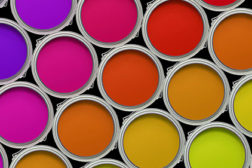Home » Self-healing coatings
Articles Tagged with ''Self-healing coatings''
Improved Corrosion Resistance in Powder Coatings
via Microencapsulated Self-Healing Agents
Read More
Advances in Self-Healing, Chromate-Free Conversion Coating for Magnesium Alloys
NEI has developed a chromate-free conversion coating for magnesium alloys that independently provides exceptional corrosion resistance
Read More
Keep the info flowing with our eNewsletters!
Get the latest industry updates tailored your way.
JOIN TODAY!Copyright ©2025. All Rights Reserved BNP Media.
Design, CMS, Hosting & Web Development :: ePublishing









